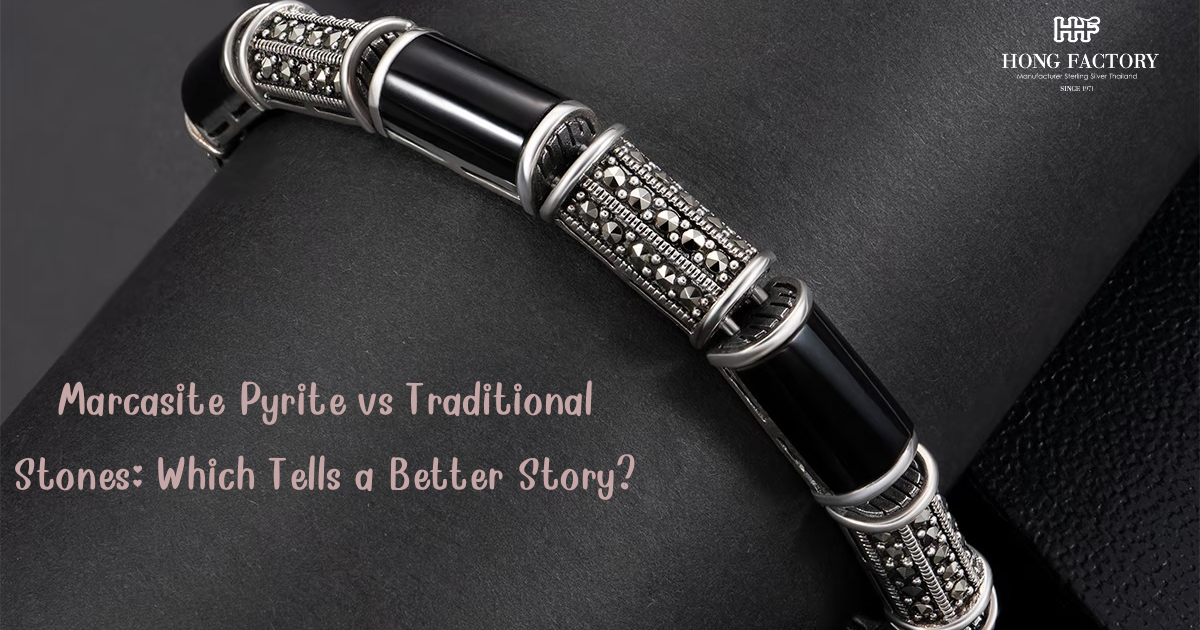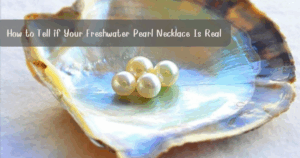In the world of jewelry, aesthetics often steal the spotlight but stories are what truly sell. A beautifully crafted gemstone may catch the eye, but it’s the narrative it carries that captures the heart. As consumers increasingly seek deeper meaning behind their purchases,
the stones they wear are becoming more than decorations. In this evolving market, marcasite pyrite an often-overlooked mineral is beginning to compete with more traditional gemstones like diamonds, emeralds, and rubies. The question becomes: which tells a better story?
Marcasite Pyrite vs Traditional Stones: Which Tells a Better Story?

The Origins of Marcasite Pyrite: A Stone of Mystique
Marcasite, often confused with pyrite due to their similar chemical compositions, has a long-standing presence in jewelry dating back centuries. Commonly referred to as “fool’s gold” for its golden shimmer, pyrite (iron sulfide) and true marcasite (orthorhombic crystal form) are distinct yet closely related. Despite their historical popularity in ancient civilizations and Victorian-era jewelry, marcasite fell into obscurity as mainstream tastes shifted toward precious stones.
Today, marcasite is experiencing a revival particularly in vintage and artisan jewelry. Its smoky sheen and geometric sparkle offer an antique charm that pairs beautifully with silver settings. More importantly, it’s the stone’s mystique and historical association with protection, clarity, and creativity that resonate with modern consumers.
Traditional Gemstones: Beauty and Status
On the other side of the spectrum lie traditional gemstones: diamonds symbolizing eternity, sapphires conveying wisdom, emeralds embodying renewal, and rubies representing passion. These stones have enjoyed centuries of admiration, their values propped up by rarity, royal endorsement, and meticulously controlled supply chains.
Traditional stones tell stories too but often those rooted in status, legacy, and luxury. A diamond ring marks a milestone; an emerald pendant may be passed down as an heirloom. For many buyers, these stones offer comfort in convention and the enduring prestige of recognized value. Their sparkle is universal but so are their narratives.
Emotional Value vs Economic Value
One of the biggest differences between marcasite pyrite and traditional gemstones lies in perceived value. Diamonds and rubies are appraised not just for beauty, but for market value. They are investments. Meanwhile, marcasite rarely holds monetary weight, yet its emotional resonance can be profound.
Consumers who choose marcasite often do so because it aligns with their identity, not because of price or prestige. These buyers tend to prioritize authenticity, craftsmanship, and narrative over financial value. In this context, marcasite may tell a richer story one centered on personal expression rather than economic worth.

Versatility in Design and Style
Marcasite is incredibly adaptable. Its subdued, metallic tones make it a perfect complement to vintage, steampunk, gothic, minimalist, or even modern styles. It pairs seamlessly with sterling silver, enhancing the understated elegance of a piece.
Traditional stones, while undeniably stunning, can feel limiting depending on the design context. A diamond might not suit a casual ensemble; an emerald may seem out of place in an industrial-chic look. Marcasite’s neutral luster allows it to transcend style boundaries, offering designers a canvas for creativity and wearers more opportunities for self-expression.
Sustainability and Ethical Considerations
As buyers become more conscious of sustainability, the ethical sourcing of stones plays a critical role in purchasing decisions. The traditional gemstone industry particularly diamonds has been scrutinized for issues ranging from environmental degradation to labor exploitation.
Marcasite, often sourced from smaller mines with less environmental impact, is considered a more sustainable alternative. Its extraction and use in jewelry generally carry a smaller carbon footprint, and marcasite-based collections tend to support local artisanship rather than mass production.
This ethical edge makes marcasite an appealing choice for socially aware consumers. It aligns with values of responsibility and mindfulness, adding another layer to the story behind the stone.
Historical and Cultural Associations
Traditional gemstones are steeped in myth and royal lineage. Cleopatra’s emeralds, the Crown Jewels’ rubies, and the famed Hope Diamond all reinforce the power of traditional stones to signify grandeur and timelessness.
Marcasite, on the other hand, finds its identity in subtler stories stories of resilience, rebellion, and artistry. Worn in mourning jewelry during the Victorian era, incorporated into Art Deco masterpieces, and favored by Bohemian creatives, marcasite’s story is less about power and more about soul. It whispers instead of shouts, and in doing so, it attracts those who want their jewelry to reflect depth, not just shine.

Who’s Telling the Story?
Ultimately, the story a stone tells depends on its wearer. A traditional gemstone may carry the grandeur of history, but a marcasite piece may embody the spirit of individuality. A customer wearing marcasite might see themselves as a curator of hidden beauty, someone who finds magic in the overlooked.
Traditional stones appeal to those drawn to legacy and time-honored elegance. Their narratives are well-documented, easily understood, and widely admired. Marcasite tells a quieter story but one that invites introspection and imagination.
The Rise of Story-Driven Jewelry Buying
Consumers today are not just buying jewelry they’re buying meaning. As emotional intelligence and mindfulness grow in importance, the demand for storytelling in design rises. Brands that highlight the origin, symbolism, and design philosophy of their stones are winning hearts.
In this landscape, marcasite is well-positioned to rise. It fits perfectly into collections that emphasize vintage revival, slow fashion, and handcrafted authenticity. Meanwhile, traditional gemstones will continue to shine in settings where prestige and tradition are key.
Which Stone Wins the Story?
The answer isn’t black and white. Traditional gemstones and marcasite pyrite serve different roles in the jewelry narrative. One dazzles with timeless opulence; the other charms with quiet depth.
But when it comes to which tells a better story, the winner depends on the storyteller. Are you the heir to a legacy or a seeker of hidden treasures? Do you define beauty by brilliance or by character? In today’s jewelry market, both stories deserve to be told.
Marcasite may not be the stone of kings, but it is the stone of the individualist. In a world that increasingly values meaning over material, that story may be the most compelling of all.




